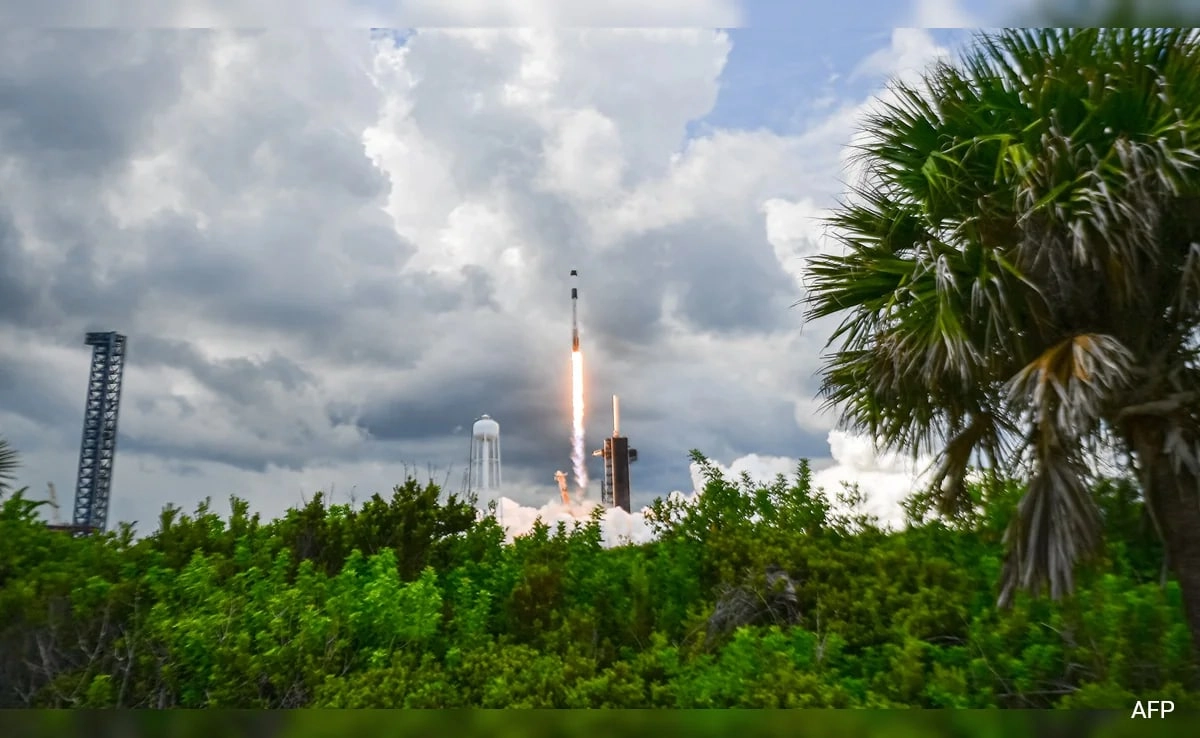On a historic day for space exploration, NASA, in collaboration with SpaceX, successfully launched an international crew to the International Space Station (ISS). This mission marks a significant milestone in the ongoing partnership between government space agencies and private aerospace companies. The crew, consisting of astronauts from various countries, embarked on their journey aboard the SpaceX Crew Dragon spacecraft, which was propelled into orbit by a Falcon 9 rocket. This launch not only showcases the advancements in space technology but also emphasizes the importance of international collaboration in exploring the cosmos.
As the Crew Dragon ascended into the sky, it carried with it a diverse team of astronauts, each bringing unique skills and perspectives to the mission. Among them were representatives from NASA, the European Space Agency (ESA), and other international partners, highlighting the unity of nations in the pursuit of scientific discovery and exploration. The astronauts will spend several months aboard the ISS, conducting experiments and research that will contribute to our understanding of long-duration spaceflight, human health, and the potential for future missions to the Moon and Mars.
The successful launch is a testament to the rigorous training and preparation that the crew underwent, as well as the innovative technology developed by SpaceX. The Crew Dragon spacecraft is designed with advanced safety features and capabilities that allow for autonomous docking with the ISS. This mission is part of a broader effort to establish sustainable human presence in space, paving the way for future exploration and the potential colonization of other celestial bodies. As the world watches this international crew embark on their journey, it serves as a reminder of what can be achieved when nations come together for a common goal.
In addition to the scientific objectives, this mission also aims to inspire the next generation of scientists, engineers, and explorers. By showcasing the collaborative efforts of various countries in space exploration, it encourages young people to pursue careers in STEM (science, technology, engineering, and mathematics) fields. The launch of this international crew is not just a technical achievement; it is a symbol of hope and possibility for humanity’s future in space. As the crew settles into life aboard the ISS, they will continue to demonstrate the value of teamwork and cooperation in overcoming the challenges of space travel, reinforcing the notion that when we work together, we can reach new heights.




